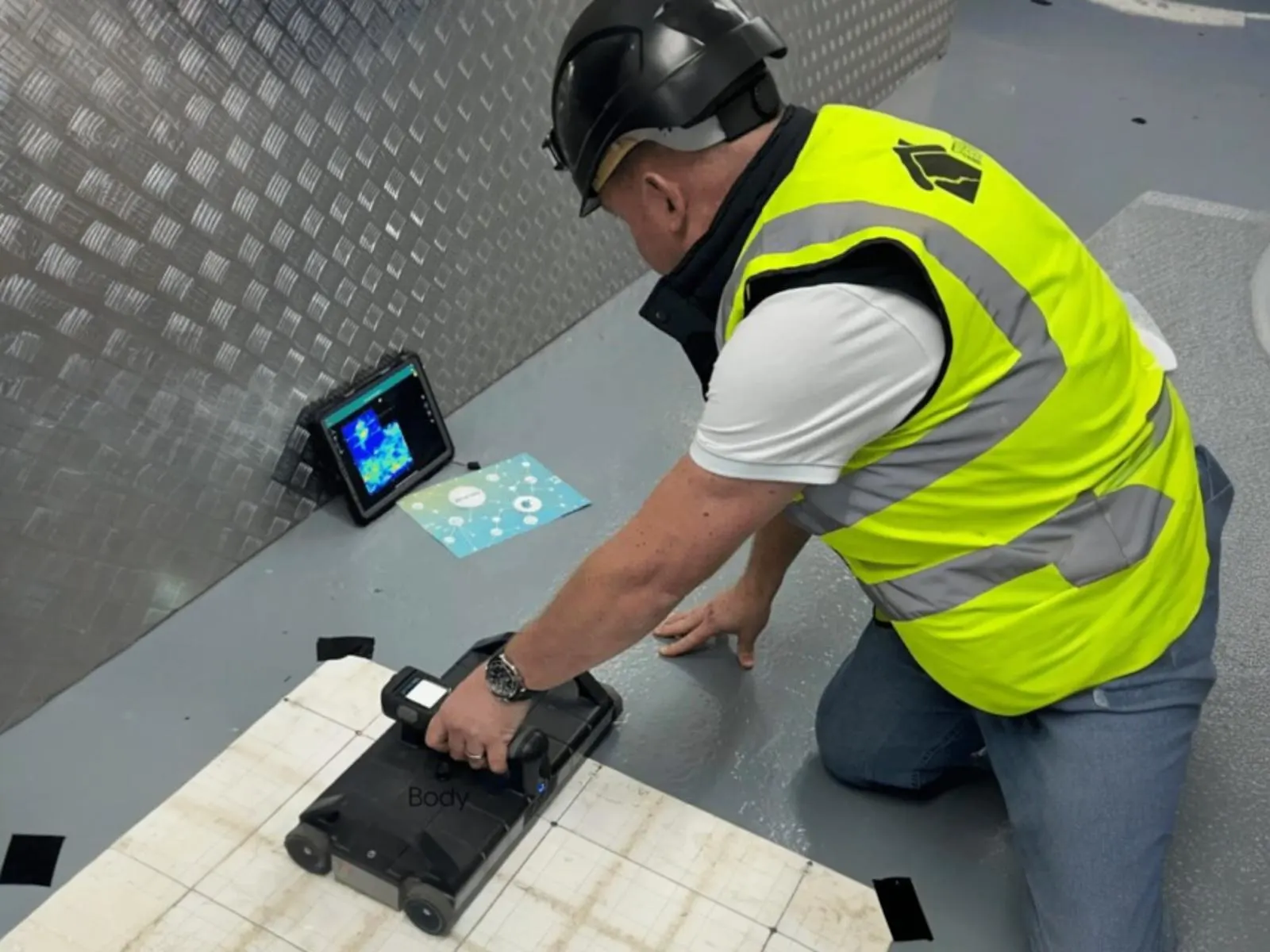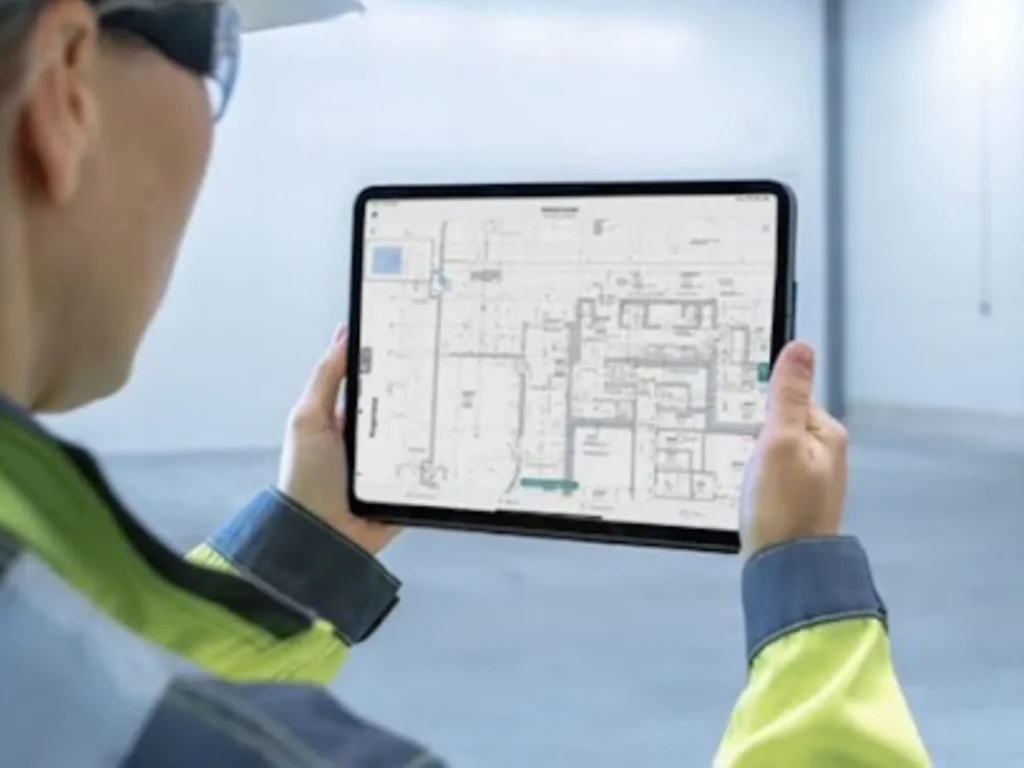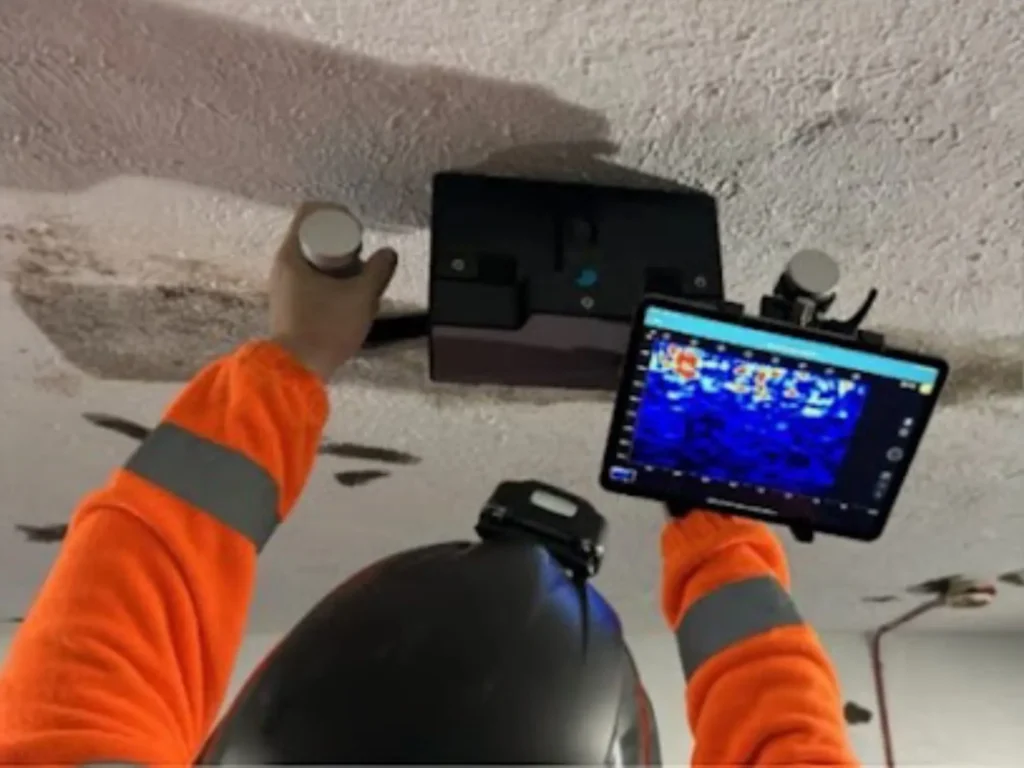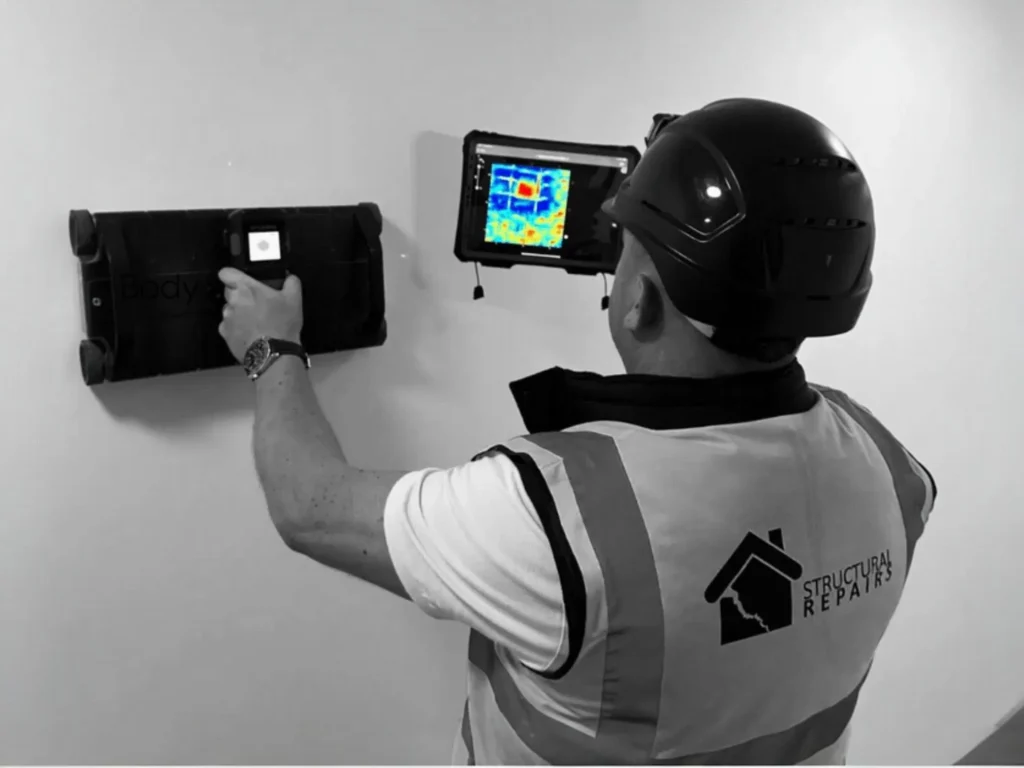
Modernes Betonscanning: Transformation der Gebäudeinspektion durch fortschrittliche Technologie
Die Kunst des Betonscannens hat sich im Laufe der Jahrzehnte bemerkenswert gewandelt und ist von einfachen zu hochentwickelten Methoden übergegangen. Traditionelle Ansätze beruhten auf Klopftests – das Anschlagen von Betonoberflächen mit Hämmern, um hohle Geräusche zu erkennen – und Kernproben, die zerstörende Bohrungen erforderten. Ähnlich wie bei der Prüfung des Reifegrads einer Wassermelone waren diese akustischen Tests oft ein Reinfall und erforderten viel Erfahrung, um sie richtig zu interpretieren. Erfahrene Fachleute konnten zwar vernünftige Ergebnisse erzielen, aber diesen Methoden fehlte die Präzision des modernen Ferroscannings und sie konnten die strukturelle Integrität gefährden.
Die Revolution der Scantechnologie für Beton
Die heutige Industrie für Strukturbewertung hat wenig Ähnlichkeit mit ihren Ursprüngen. Die moderne Betonscantechnologie funktioniert wie ein MRT für Gebäude und verwendet Bodenradar (GPR), Ultraschall und 3D-Kartierung. Diese technologische Revolution hat die Bauwerksbewertung von einer interpretativen Kunst in eine präzise Wissenschaft verwandelt, die genauere und zuverlässigere Ergebnisse für moderne Bau- und Instandhaltungsprojekte gewährleistet.

Wegweisende Technologien in der modernen Bewertung
Ferro-Scanning und das Scannen der Betonbewehrung sind wegweisend für die moderne Bauwerksinspektionstechnologie. Diese Innovationen ermöglichen es Ingenieuren, mit bemerkenswerter Präzision in die verborgene Innenwelt eines Gebäudes zu blicken und detaillierte Analysen durchzuführen, ohne die strukturelle Integrität zu beeinträchtigen.
GPR-Scannen: Röntgenblick für Beton
Die Bodenradaruntersuchung ist vielleicht der bedeutendste Fortschritt in der Geschichte der Betoninspektion.
Wie Roger Line, CEO von Structural Repairs und Autor von “Extending the Life of Buildings and Structures” erklärt: “Es ist, als ob man ein Leck hinter einer Wand sehen könnte, ohne das ganze Gebäude abzureißen – Magie.”
Diese hochentwickelte Technologie dringt tief in die Strukturen ein und deckt verborgene Mängel und potenzielle Probleme auf, bevor sie sich an der Oberfläche manifestieren. Die Fähigkeit, alles zu erkennen, von Hohlräumen und Hohlraumbildungen bis hin zur detaillierten Positionierung von Bewehrungsstäben und Korrosion im Frühstadium, hat die Instandhaltung von reaktiv zu proaktiv gemacht.

Ultraschall: Der Gesundheitsmonitor des Gebäudes
Ergänzend zur GPR-Technologie bietet die Ultraschalluntersuchung medizinische Präzision bei der Strukturbewertung.
“Anstatt in die Struktur zu bohren, schickt der Ultraschall Wellen durch sie hindurch, und anhand des Rückpralls dieser Wellen können wir feststellen, was los ist. Es ist, als ob wir ein Problem diagnostizieren, bevor es sichtbar wird”, erklärt Line.
Dieser zerstörungsfreie Ansatz ermöglicht eine umfassende Auswertung der Ferroscan-Untersuchung, die tiefe strukturelle Risse, interne Delaminationen und die allgemeine Integrität des Betons aufdeckt, ohne die Gebäudestruktur zu beeinträchtigen.
Blick in die Zukunft
Das moderne Betonscanning hat die Art und Weise revolutioniert, wie wir an die Instandhaltung von Gebäuden und die strukturelle Integrität herangehen. Vorbei sind die Zeiten, in denen man sich auf zerstörerische Prüfmethoden und interpretative Beurteilungen verlassen musste. Die Ingenieure von heute verfügen über Werkzeuge wie Ferro-Scanner und Kabeldetektorsysteme, die nie dagewesene Einblicke in Betonstrukturen gewähren und damit eine sicherere, effizientere und zuverlässigere Gebäudeinstandhaltung für kommende Generationen gewährleisten.
Erfolgsgeschichten aus der realen Welt: Wenn Technologie die Infrastruktur rettet
Die transformative Kraft der modernen Betonscantechnologie lässt sich vielleicht am besten anhand einer bedeutenden Eisenbahnbrückeninspektion veranschaulichen.
“Ich werde dieses Projekt nie vergessen”, erinnert sich Roger Line. “Oberflächlich betrachtet sah es gut aus – ein paar Risse hier und da, nichts allzu Besorgniserregendes. Aber nachdem wir die GPR- und Ferro-Scans durchgeführt hatten, fanden wir mehrere Bereiche mit Delaminationen, die mit bloßem Auge nicht zu erkennen waren.”
Während die Untersuchung auf der Oberfläche nur geringfügige Risse ergab, deckten die fortschrittlichen Scans erhebliche versteckte strukturelle Probleme auf, die zu einem katastrophalen Versagen hätten führen können.
“Wenn wir die Brücke nicht kontrolliert hätten, wären später ernsthafte Reparaturen erforderlich gewesen”, erklärt Line. “Wir sparen nicht nur Geld, sondern retten auch Gebäude und in einigen Fällen sogar Leben. Man kann gar nicht hoch genug einschätzen, wie sehr diese Technologie das Leben verändert hat.”

Die Zukunft der strukturellen Bewertung: Die Technologie von morgen nutzen
Erstens erweitert sich der Horizont der Technologie zur Bewertung von Bauwerken in einem noch nie dagewesenen Tempo. Darüber hinaus ermöglichen bahnbrechende Entwicklungen im Bereich des Scannens der Betonbewehrung und der 3D-Technologie jetzt die Erstellung detaillierter digitaler Modelle. Diese Modelle ermöglichen eine präzise Überwachung der strukturellen Bewegungen und Verformungen im Laufe der Zeit. Darüber hinaus versprechen diese Innovationen, die Art und Weise zu revolutionieren, wie wir strukturelle Probleme vorhersagen und verhindern. Infolgedessen können Probleme erkannt werden, bevor sie sichtbar werden.
“Die Technologie, die wir heute haben, ist beeindruckend, aber sie ist erst der Anfang”, erklärt Line. “Bald werden wir Drohnen sehen, die mit Scan-for-Services-Technologie ausgestattet sind und über Baustellen schwirren, um Gebäude auf versteckte Mängel zu überprüfen, ohne dass jemand einen Finger rühren muss. Und wer weiß? Vielleicht werden wir eines Tages KI-Systeme haben, die ein Gebäude scannen und uns genau sagen können, was repariert werden muss, wie lange es halten wird und was die Reparatur kosten wird.
Sind Sie bereit, die Zukunft der strukturellen Bewertung zu erleben? Warten Sie nicht darauf, dass die Probleme von morgen zu den Notfällen von heute werden. Wenden Sie sich an Structural Repairs Ltd. für eine umfassende Bewertung mit unserer hochmodernen Betonscan- und Ferroscan-Technologie. Unser Expertenteam steht bereit, um Ihre Investitionen in die Infrastruktur mit den neuesten zerstörungsfreien Prüfmethoden zu schützen.